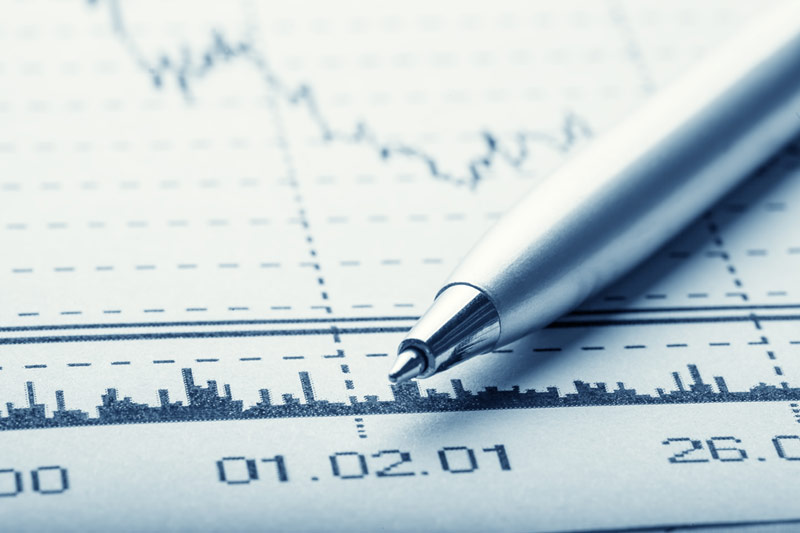Select Language

U.S. bond yields have climbed to a significant 17-year high this week, following the Federal Reserve's decision to maintain a higher interest rate stance at its September policy meeting. The two-year U.S. Treasury note yield reached 5.2% on Thursday, marking a 1.4 percentage point increase since May and its highest level since 2006. The 10-year Treasury note yield is also nearing a 16-year high of 4.5%.
This surge in yields is largely attributable to the Federal Reserve's interest rate cuts in 2020, introduced in response to the Covid-19 pandemic. Investors flocked to safe assets like Treasuries, leading to an increase in Treasury prices and subsequently suppressed yields.
However, due to ongoing economic strength and a tight labor market fueling persistent inflationary pressures, the Federal Reserve is expected to continue its tightening policy well into 2023. This could potentially lead to further decreases in bond prices as markets anticipate a higher peak in the federal-funds rate this year and fewer cuts in 2024.
This trend of rising monetary policy rates isn't exclusive to the U.S., with 38 central banks worldwide reporting their highest rates since 1995 when adjusted for gross domestic product. With persistent inflation and a robust economy, interest rates are unlikely to revert to zero in the near future.
Investors are being advised to secure current yields through Treasuries, bank certificates of deposit, or other structured investments. Despite potential short-term increases, bond yields are expected to be significantly lower a year from now.
By 2024, the Federal Reserve is likely to ease off in response to progress on inflation and signs of slowing U.S. economic growth. This easing may not immediately involve cutting the federal-funds rate but will allow officials to signal that they have reached peak rates for this cycle more definitively.
Evidence suggests that the 10-year yield typically peaks a few months after the Federal Reserve's final rate hike, which could occur at the Federal Open Market Committee's November or December meetings. Other international central banks, such as the Bank of England, European Central Bank and the Swiss National Bank, appear to have ceased hiking their rates, while Brazil and Poland have started reducing interest rates from their recent peaks.
Despite the largest increase in bond yields in decades, the stock market has experienced a rally in 2023 due to expanding valuation multiples. However, the higher-for-longer interest rates pose a risk for stocks and offer upside potential for bond prices. In a weaker economy scenario that necessitates rate cuts, earnings may fail to meet expectations. Therefore, adding more bonds to a portfolio today can provide an attractive return rate and diversification, offering stability to investors' portfolios.
This article was generated with the support of AI and reviewed by an editor. For more information see our T&C.

